5. An American in Paris (1951)
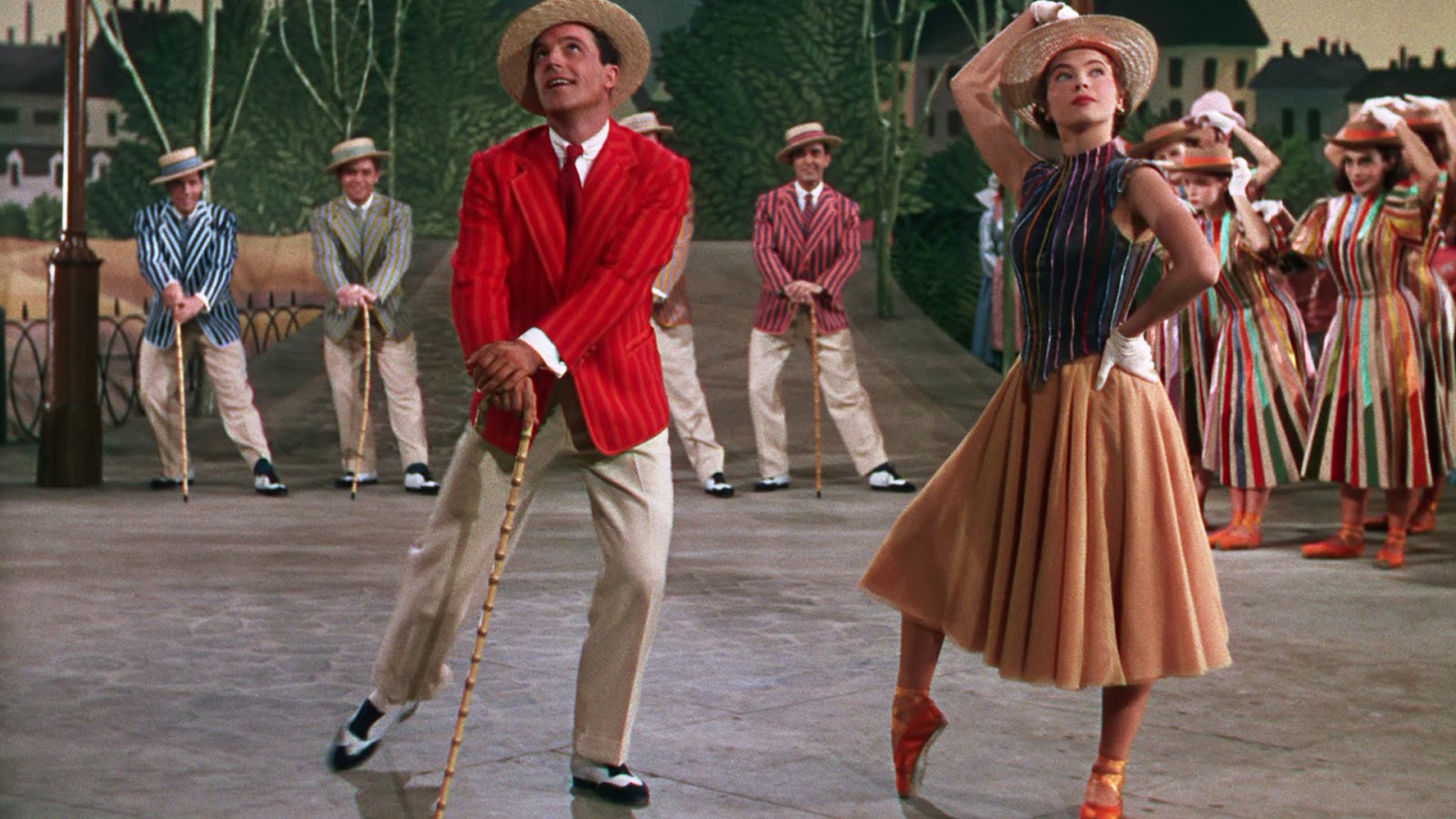
Now, here is a much better Vincente Minnelli film, that has aged much more gracefully than Gigi. Gene Kelly shines brightly in An American in Paris, but it is the new starlet Leslie Caron (who also starred in Gigi) that should not be left out of the count here.
The artistry of classic Kelly musicals melts into the street painting of Paris so well, it’s a wonder that this kind of subject hadn’t been done like this before. Kelly’s painter character interacts with the youth of Paris as his main propellent in life is joy and happiness. All he seeks is love, and he finds it in Caron’s character.
The chasing of emotions being represented by imaginative numbers is breathtaking. The ending may ring typical as per usual with most musicals, but it is the lead up that makes it all worthwhile.
The daydream sequence (as was common with musicals of that time) is one of the greatest of any musical, as Parisian sketches, watercolour paintings and pastel drawings come to life. An American in Paris definitely is the transportation of American audiences to France’s finest pop culture, and it is nothing short of splendid.
4. Marty (1955)
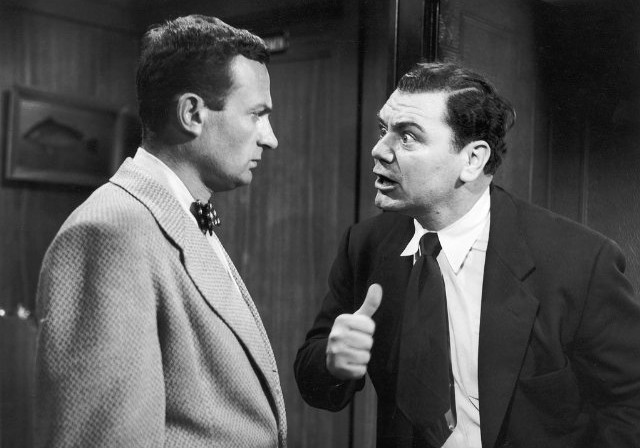
Paddy Chayefsky is one of the all time greatest writers, as he could foretell the future (Network, The Hospital) before many writers were daring to look that far (it was dismal, after all). The only film he was attached to to win Best Picture was Delbert Mann’s mightily humble Marty.
Marty is one of the simplest films to win Best Picture, as it is also the shortest, clocking in at just an hour and a half in duration. It tells the tale of a butcher who is lonely, stuck at home with the folks, and depressed. This butcher is played magnificently by a sympathetic Ernest Borgnine, who can make an entire theatre tear up with one single expression.
Marty is forced to go to a dance by his mother at 34 (can you imagine the humiliation?). He finds a woman he may be interested in. That’s all you need to know about this one. It is basic in structure, but it contains thousands of textured layers. Marty remains one of cinema’s greatest characters, because of how much we see ourselves in him.
We don’t have to match his age, gender, job or position. In the end, Marty represents all that have felt like a failure in life, all without the strength to better themselves and all that need that one change to get it all together again. Marty just is terrific filmmaking, and a great representation of all of us as one.
3. All About Eve (1950)
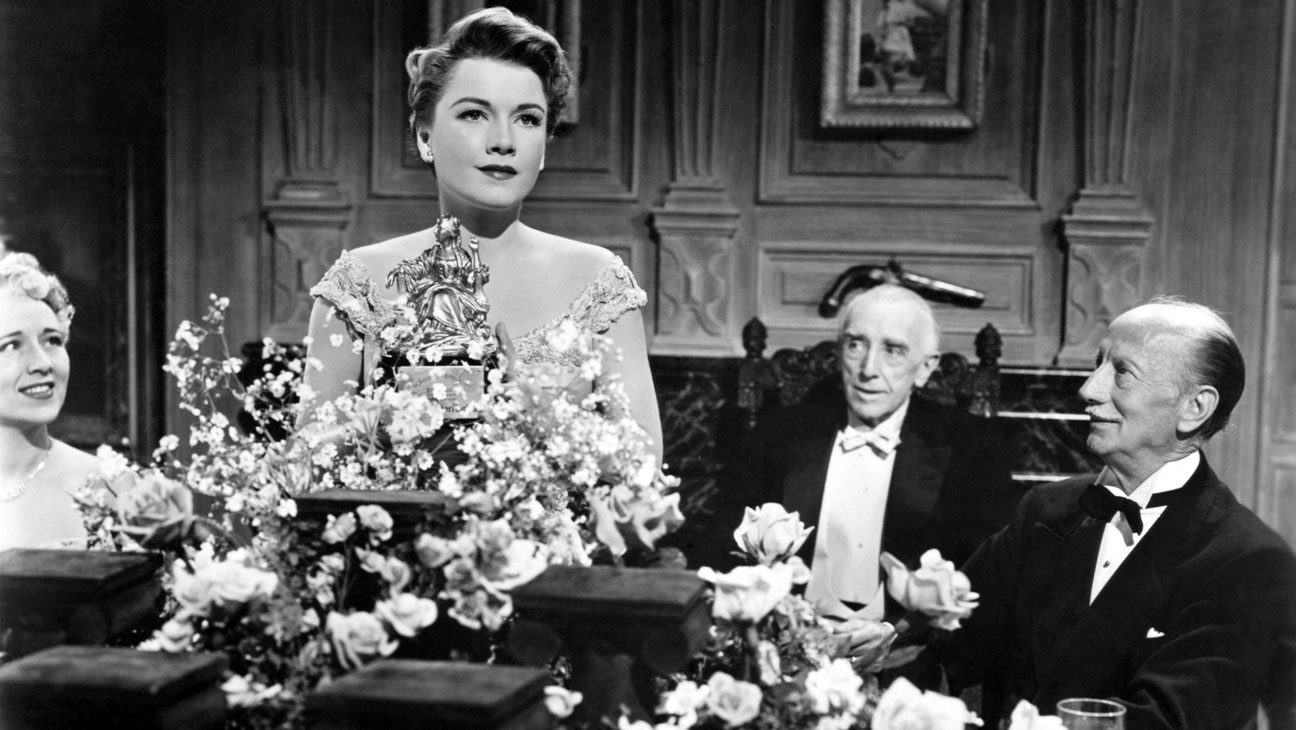
Bette Davis was extolled for her depiction of Margo Channing, and Anne Baxter was celebrated as a new face that was going to take over the scene. Both ladies were nominated for Best Actress, as Baxter felt she was deserving of that honour. In the end, the winner was Judy Holliday for Born Yesterday, as Baxter and Davis caused All About Eve’s chances to be split.
This is an ironic resolution to a film about the new face of Hollywood stealing the flame from the older generation that dreams of continuing their captivations of the world. All About Eve is not based on the woman that was banished from the garden of Eden, but rather the replacement of the original tenant in the land of dreams.
The world fell in love with Eve, and so did Margo Channing. An unassuming girl (a fan of Channing’s, even) never dreamt they would take well to the world of entertainment, let alone steal the soul of that they once admired. Hearts are stolen, hearts are broken, dreams are created, dreams are crushed.
All About Eve is the entertainment industry inside and out, and while it may be funny at times, this is a severe reality to many that fight to remain relevant (again, look at the Best Actress fiasco). Joseph L. Mankiewicz’s story of a fallen angel claiming her former idol’s place is magnetic yet gut wrenching, because it is all so very true despite the make up, lights and sets.
2. On the Waterfront (1954)
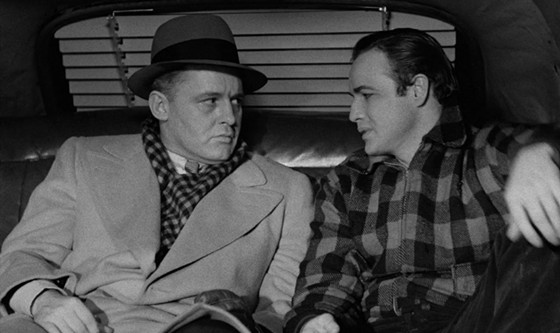
Elia Kazan’s noir drama is excellent, because you have to rely on hearsay for the majority of it. You are a witness to the recounts that Terry Malloy was an expert boxer who threw it all away. You see the murder trials that get dismissed because union members are forced to play stupid.
You have to stand by defenceless, and you are made to feel like one of the workers that can’t change a damn thing. Once we finally see Malloy’s fists fly, we know the legends were true, and it puts a bit of glimmer in our hearts; things will be okay on the waterfront, because corruption is finally being challenged.
Marlon Brando commits to a performance of a lifetime, where each and every second has a different motive conjured up. There has seldom been a more sympathetic character in the history of film, because you can sense a man who has beat himself up for the punches he never gave in the match that ended his career.
Life is a fight for Malloy, and he cannot escape the ring as long as there is sketchiness that surrounds his place of work. Karl Malden and Eva Marie Saint play wonderful voices of reason, but the problems and resolutions ultimately stream back to where they start: on the waterfront.
1. The Bridge on the River Kwai (1957)
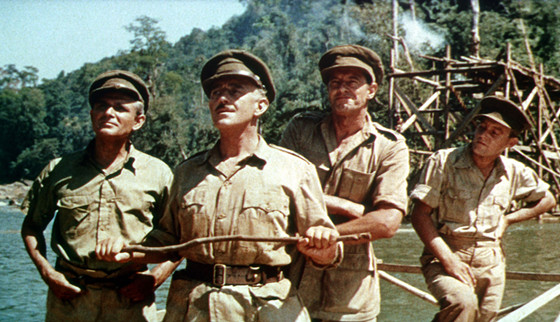
We have finally reached the discussion on how influential Sir David Lean is as a filmmaker (this director will pop up again very soon in the ‘60s list). Lean was England’s answer to Akira Kurosawa, as he was able to shape up what epic cinema represented. Kurosawa changed what battle sequences looked like, and action has never been the same. Lean focused more on creating the scope of the setting, to truly make a film feel large.
Lawrence of Arabia had characters crossing vast desert landscapes. The Bridge on the River Kwai mostly centred around one geographical location: The building site of the titular bridge, just outside the main headquarters of the Japanese base. The construction of the bridge is all you need to feel intimidated, and the desire to destroy said bridge is what will get your blood pumping.
Sir Alec Guinness is a Lieutenant that tries to lead by example, as he practices and teaches self restraint. William Holden is a recuperating Commander who seeks a savage revenge on those who captured him. Along with the motives of the other characters, it is the reuniting of these two leaders, with their different gangs of followers and their contrasting goals, that really makes this film a classic entity.
One of the all time greatest endings is right here, where the script writing (those final lines are just beautiful), the acting, and the set (you will see when you get there) all come together as one. It is a rare cohesion that removes your disbelief even for a few minutes. The Bridge on the River Kwai is an epic in stature and in passion.
Author Bio: Andreas Babiolakis has a Bachelor’s degree in Cinema Studies, and is currently undergoing his Master’s in Film Preservation. He is stationed in Toronto, where he devotes every year to saving money to celebrate his favourite holiday: TIFF. Catch him @andreasbabs.